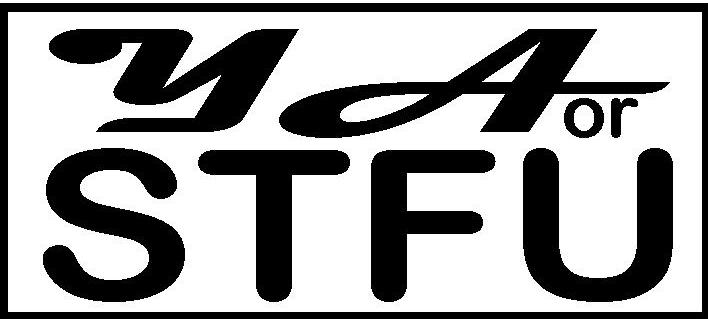Young Adult Literature without Apology
Amy's assessment of contemporary young adult literature, organized by author and title, censored by noone.
Realistic | Romance | Science Fiction | Historical Fiction | Fantasy | Horror | Mystery
Wilhelm, Doug (2007). Falling. NY: Farrar, Straus, Giroux. ISBN: 0374322511. 241 pages.
Lame, lame, lame. I can't believe this book got a mention in Booklist; however, in spite of the recommendation a Booklist note implies, reviewer Rochman did point out the "big holes in the plot" and the "obvious" message. That said, this book depicts the growing relationship between ninth graders Matt and Katie, who meet by chance in an anonymous Internet chat forum. Katie soon realizes that the teen with whom she's chatting is the former school basketball star turned loner, and conspires to meet him in person. When they do meet, they fall (pretty quickly) in love; however, a family secret that plagues Matt threatens their relationship. That secret, boys and girls, and the reason Matt dropped out of basketball, is this: his brother is a drug user and has begun selling drugs from the family's home! When Katie finds out and tells her best friends who accidently slip the secret to the entire school, the pair's romance is threatened. Then, when Katie goes to Matt's house to apologize, she ends up snorting some heroin with his brother! Of course, it all turns out for the best in the end, but, throughout, the story is so heavy-handed and over-the-top that I could hardly bear it. Sample prose:
[in a lengthy description of the setting, Wilhelm writes] "These days a steady traffic of cars carrying heroin also comes up from the larger cities to the south, the drug having usually begun its one-way journal north in Mexico or Latin America. The heroin is very potent, and its prices are kept low enough for young people to buy.
"And they do. The market in Rutland, as in many other communities across America, is very strong . . . So the one-way traffic flows on, from south to north, and Rutland--like so many other American cities and towns--is a place full of hardworking people who live their kids and their sports, but is also a place with a whole lot of lost souls, most of them young and not long out of school"(pp. 66-67).
I mean, can you hardly stand it? The "like so many American towns" prose reminiscent of a Readers' Digest
passage, the characterization of the town as good and noble by virtue of its child and sport-loving populace? And don't
even get me started on the moon-y characterization of Katie, the wayward savior of lost boys.
And another thing, a lot of space is taken up by lyrics to fictitious rap songs authored by an artist the character
Matt digs called "Jai Quest." I have a sneaking suspicion that there is no such performer and that the space
devoted to the "artist's" raps is actually a forum for the author's dubious rhymes.
